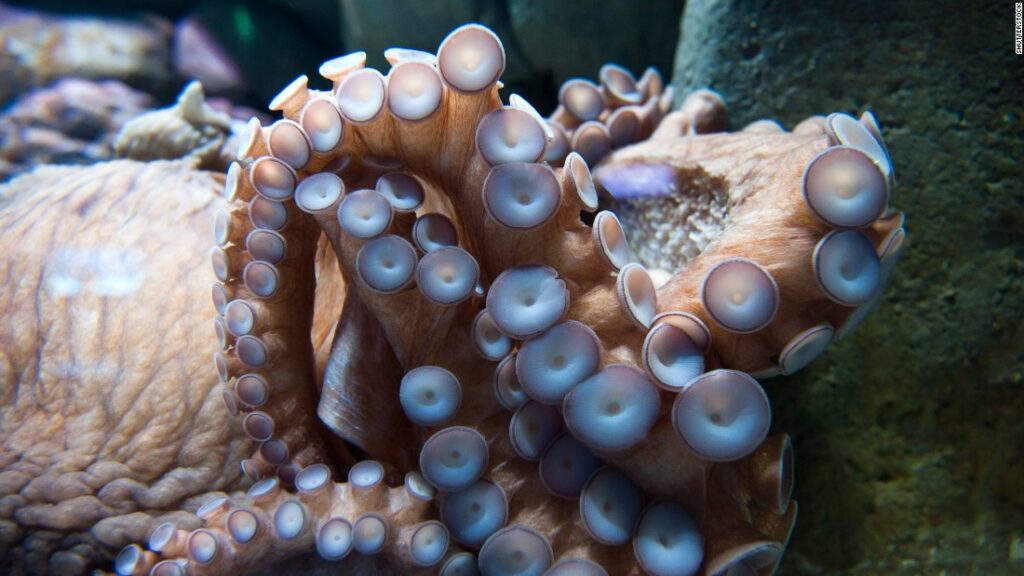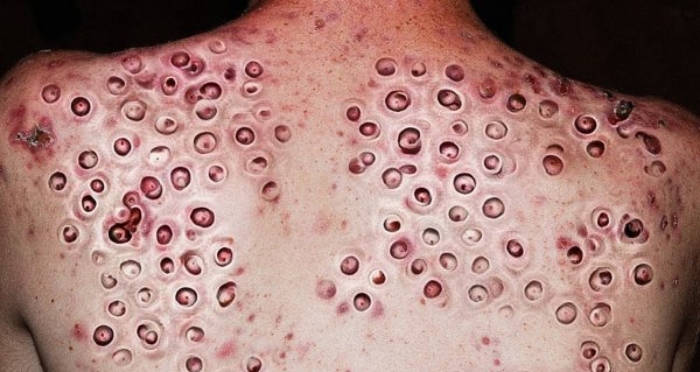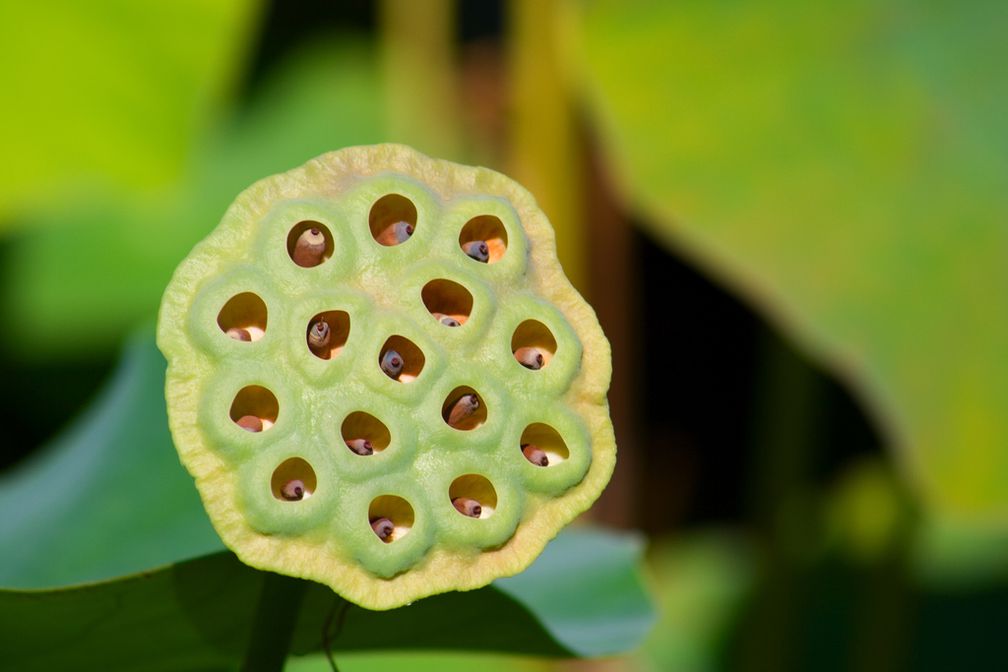Trypophobia is a fear of patterns of small clusters, holes, and bubbles. When people see these clusters, they can experience feelings of disgust, nausea, and fear. Some objects, like seed pods, honeycomb, or wasp nests may be triggers to people with the phobia. This fear can have different effects on different people, based on the severity of the phobia.
Phobias can alter your perception of that object or animal. For example, when people with arachnophobia (fear of spiders) see a spider, they might not just see a little spider; it might grow larger and larger, filling up the room so that the afflicted could trip over the legs. It’s different with trypophobia. When a person is triggered, they can experience physical discomfort. This includes nausea, sweating, goosebumps, shaking, and even panic attacks. Many people have found that a considerable reason behind the phobia is that the holes and patterns trigger the fear of disease and germs, and that is why it is so unsettling for some people.
According to Dr. R. Reid Wilson, Ph.D, a spokesman for American Psychological Association, ̈ ̈Over a person’s lifetime, 11% of people will have a phobia and over 19 million Americans have a phobia.¨ I interviewed four High School students, showing them a series of images that are considered ́triggers ́ for trypophobia, as well as asking various questions. I had them rate the way the images made them feel, on a scale from 1 to 10, one being unbothered and ten being unable to look at the images. These are the images I showed them.

Image A

Image B

Image C
Keiran Zaccheo rated himself as a six. He was able to look at the images but he felt uncomfortable. ̈some are worse than others. The ones on the skin are definitely the worst.¨ (B) he said.
Serenity Dodson rated herself as a two. She was unbothered by most of the images, the worst, again being the images including human flesh. ¨I ́m not really bothered by the honeycomb or the squid, (A) but the ones on the hand make me cringe a little bit, but I can still look at them.¨
Grayson Aum rated himself as a one. He found the images bearable and was only slightly uncomfortable with the images including human hands. He was the only person I interviewed that thought the fear was irrational. He was also the only person I interviewed that pointed out the fact that selected images were photoshopped and if said images were legitimately real, he would find them more disturbing. ¨They’re just photoshopped, no ones hand actually looks like that. If that was real, like that one’s kinda nasty.¨ (pointing to image B)
The last student I interviewed was Songe Kvinsland. She gave herself a rating of ten. Her reaction was much like mine: cringing, uncomfortable and unable to stare. ̈ It’s terrifying and disgusting at the same time…. Oh hell no, it’s so bad.¨ (C)
After conducting the interviews and gathering information and knowledge about the phobia, I discovered that the most disturbing images to all the students were the ones including hands with hole patterns, or just human body parts in general, with the patterns photoshopped. The phobia receives many mixed feelings. Many people find the fear to be illegitimate, made up, or completely irrational. Other people have completely different opinions and reactions. We can’t have a completely clear understanding of the phobia or the reasoning behind the classification of it being called a ´phobia.́ But we can acknowledge and respect that it does impact people differently.
